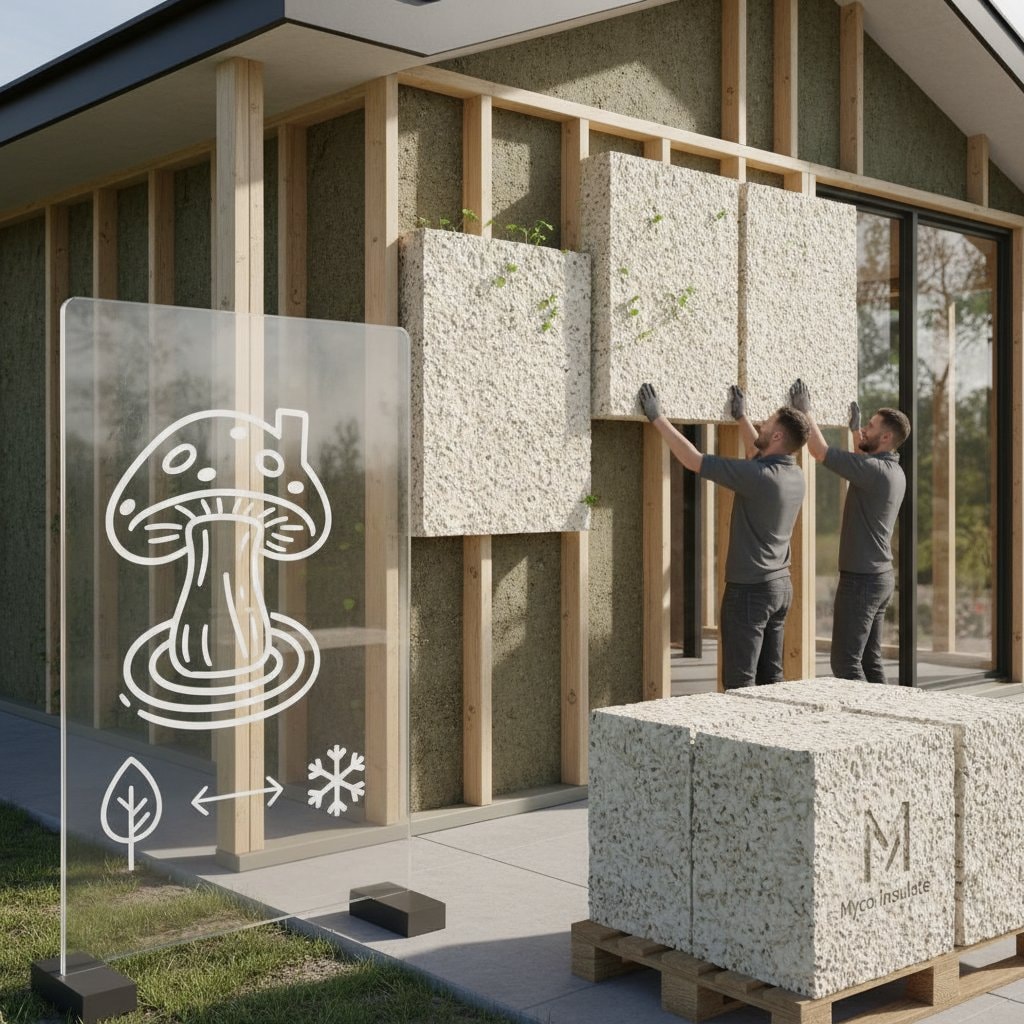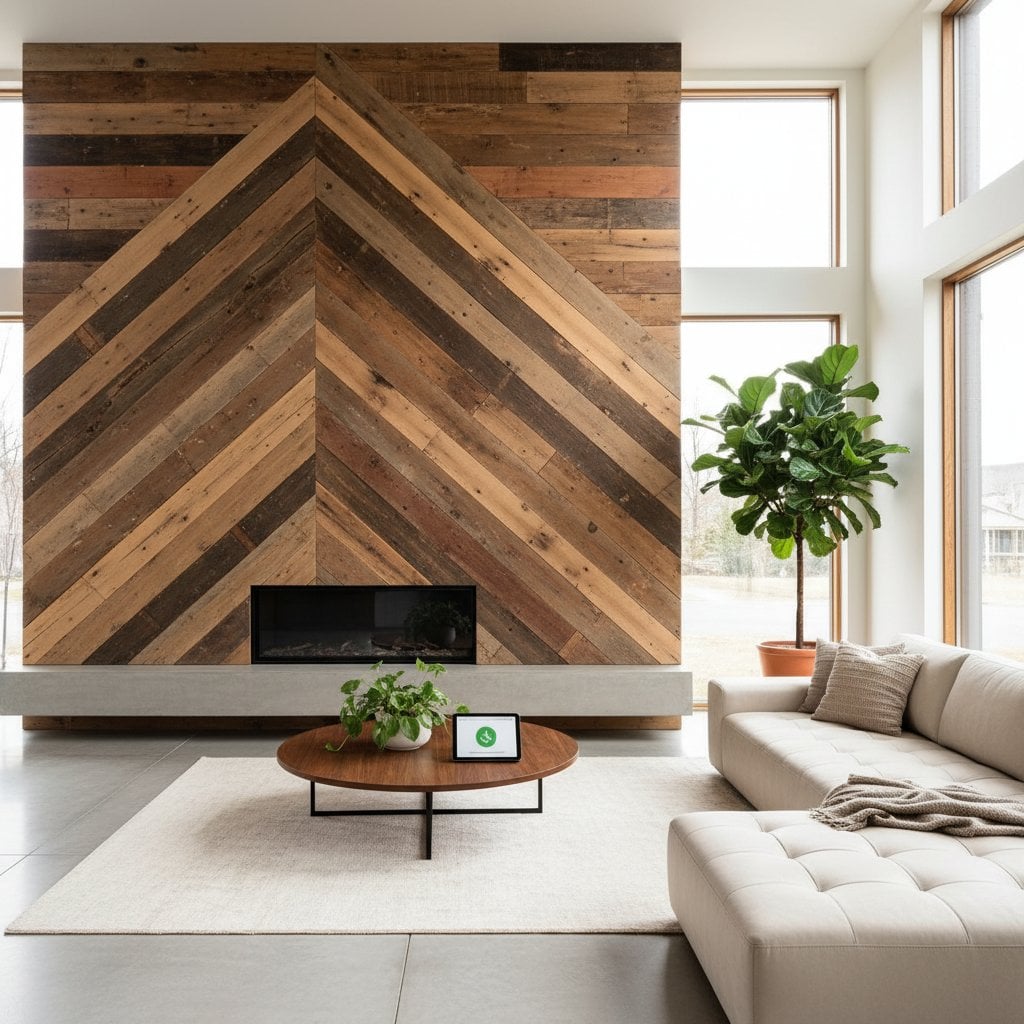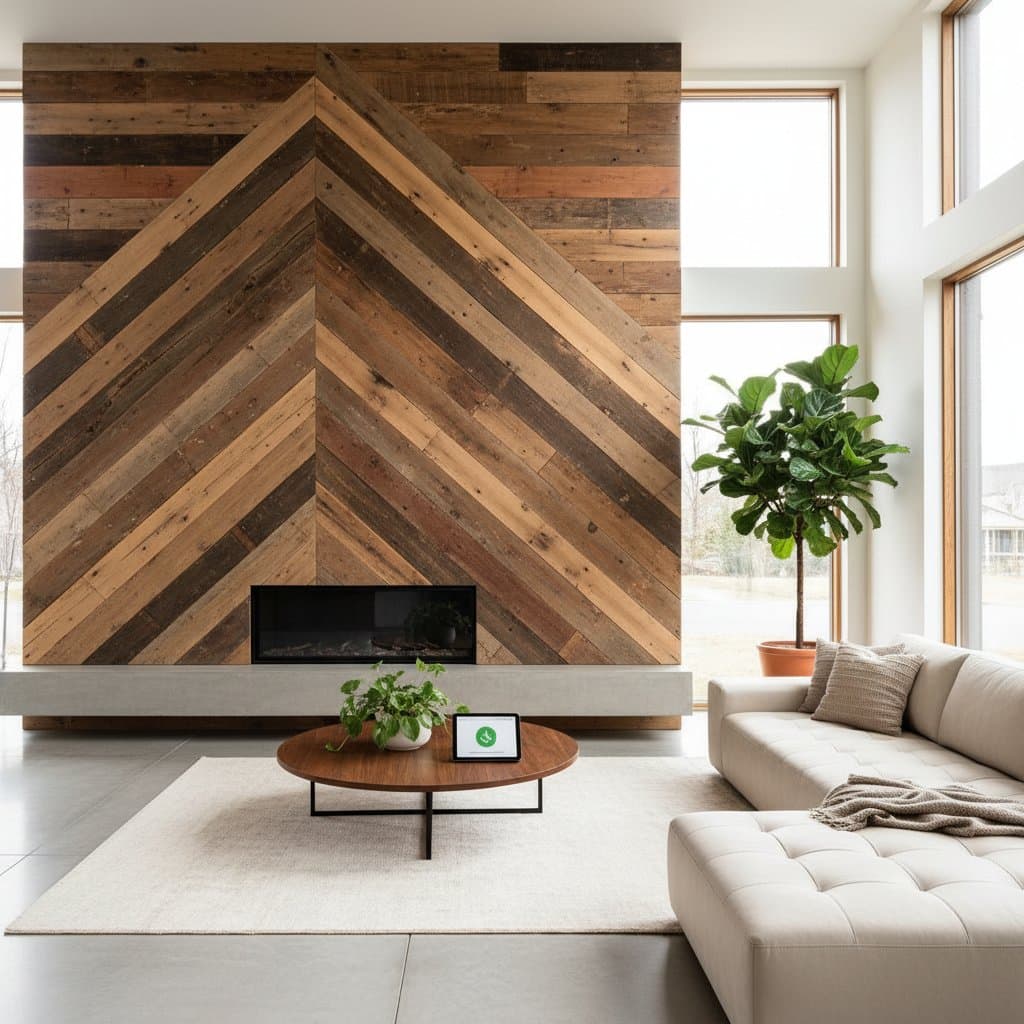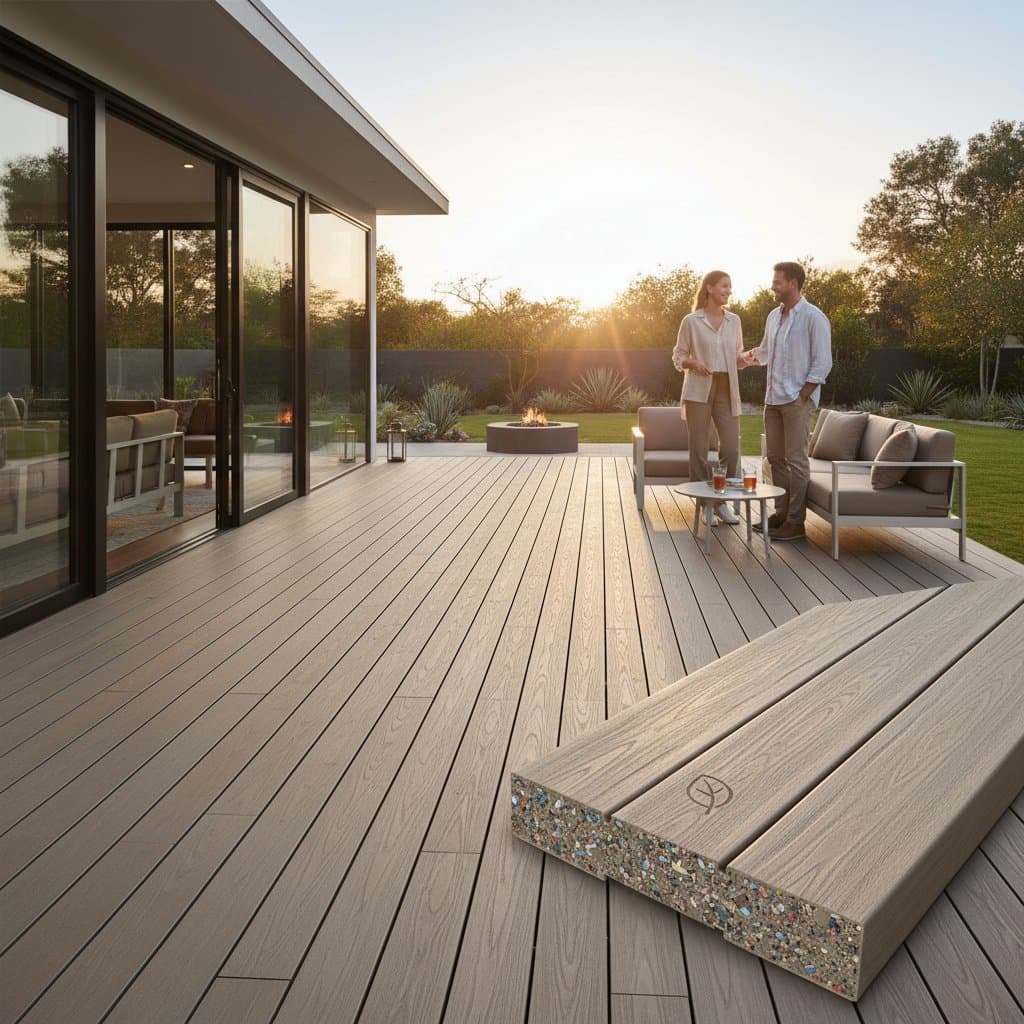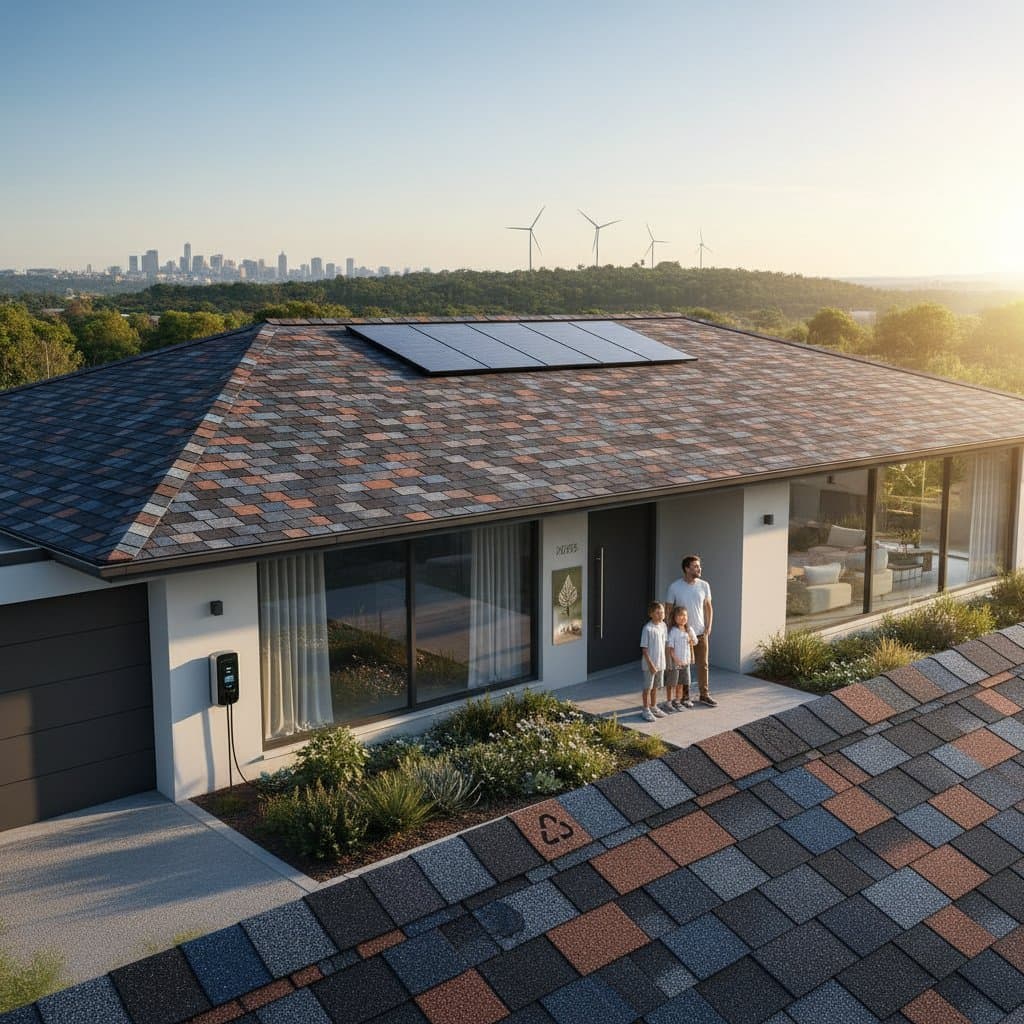Understanding Mycelium Insulation
Mycelium insulation represents a biodegradable and renewable alternative to petroleum-based foams and fiberglass. Derived from the root-like structures of fungi, it utilizes agricultural byproducts such as corn stalks or wood chips as substrates. This process requires low energy and transforms waste materials into rigid panels that provide effective insulation.
Key advantages include strong thermal performance, resistance to moisture, and enhanced fire safety through natural treatments like boric acid coatings. Although initial costs exceed those of traditional options, long-term energy savings and environmental benefits often justify the investment. For optimal outcomes, select products from certified producers and ensure proper installation to avoid moisture buildup.
This material suits eco-conscious homeowners who prioritize clean indoor air and reduced construction waste. It supports broader sustainability goals by minimizing reliance on non-renewable resources.
Benefits for Energy Efficiency and Indoor Health
Conventional insulation materials frequently rely on petrochemicals, embody high energy in production, or release volatile compounds that compromise air quality. Mycelium insulation addresses these issues by growing on discarded agricultural waste with minimal processing energy. The resulting product insulates effectively while fostering a healthier living space.
Energy efficiency stands out as a primary benefit. Properly installed mycelium insulation can reduce heating and cooling expenses by 15 to 25 percent in a typical home. It achieves thermal resistance values of R-3 to R-4 per inch, comparable to cellulose or mineral wool, based on panel density and any added binders. While it may not surpass the R-value of synthetic spray foams, its renewability and ease of disposal provide distinct advantages.
On the health front, mycelium avoids off-gassing and synthetic chemicals, leading to lower allergen levels and improved air quality. It naturally manages humidity by absorbing excess moisture and releasing it as conditions change, which discourages mold without relying on chemical treatments. Individuals with sensitivities to dust or volatile organic compounds will appreciate this non-toxic profile.
Environmentally, each square meter of mycelium sequesters carbon during cultivation, countering emissions from manufacturing other insulators. This carbon-negative trait extends its appeal in sustainable building practices.
Analyzing Costs and Return on Investment
Mycelium insulation currently costs between 8 and 12 dollars per square foot when installed, higher than fiberglass at 3 to 5 dollars per square foot. This premium stems from smaller production scales and the specialized fungal growth methods involved. As demand increases, prices are expected to decline with expanded manufacturing.
A narrow focus on initial expenses overlooks the full value. Over 10 to 20 years, reduced energy bills can recover a significant portion of the upfront cost. Additional factors include lower maintenance needs, enhanced property value in green markets, and zero disposal fees since panels compost easily.
Consider these return on investment elements:
- Energy savings: Achieve 15 to 25 percent lower costs for heating and cooling through superior insulation.
- Durability: Panels maintain shape without slumping, unlike some fiberglass types that compress over time.
- Market appeal: Properties with eco-certifications command 3 to 8 percent higher sale prices than similar uncertified homes.
- End-of-life handling: Compost panels on-site or return them to soil, eliminating landfill contributions.
To maximize payback, integrate mycelium with measures like sealing air leaks, installing energy-efficient windows, or adding ventilation systems. Consult a professional energy auditor to model specific savings for your home.
Core Sustainable Attributes and Performance Enhancements
Mycelium insulation extends beyond basic thermal barriers to support comprehensive sustainable design.
It sequesters carbon throughout its growth cycle, absorbing more than it emits during production. The material employs no synthetic binders, formaldehyde, or toxic adhesives, ensuring a safe lifecycle from creation to decomposition.
At the end of its useful life, mycelium breaks down into soil nutrients within months under composting conditions, contrasting with foam insulators that persist for centuries. Its porous structure also absorbs sound waves, reducing noise transmission in walls or ceilings.
Furthermore, mycelium balances thermal mass, stabilizing indoor temperatures and enhancing occupant comfort without excessive energy use. In humid environments, it prevents condensation issues that plague some conventional materials.
These features make mycelium a versatile choice for new builds or retrofits, aligning with certifications like LEED or Passive House standards.
Frequently Asked Questions
Is mycelium insulation suitable for individuals with allergies?
Once fully dried and treated, the material remains inert and does not emit spores. It minimizes exposure to dust and chemicals relative to synthetic alternatives, benefiting allergy sufferers.
How does it function in cold climates?
Effectiveness varies with thickness and density; in frigid areas, apply panels at least 4 inches thick or layer with cellulose for R-values exceeding R-20. Testing in sub-zero conditions confirms reliable performance when properly installed.
Does it attract pests?
Cured and sealed mycelium panels resist insects and rodents, as the dense fungal matrix offers no nutritional value. Avoid untreated edges during installation to further deter infestations.
Does it comply with building codes?
Reputable producers align with standards for energy efficiency and fire resistance, such as ASTM specifications. Verify local approvals and obtain certification documents from suppliers prior to use.
Steps to Integrate Mycelium Insulation
Begin by assessing your home's insulation needs through a professional energy audit, which identifies gaps in walls, attics, or floors. Source mycelium panels from established companies that provide third-party testing for R-value and fire ratings.
During installation, maintain dry conditions to prevent fungal reactivation; use breathable barriers on exterior sides. For DIY projects, cut panels with standard tools and secure them firmly to avoid settling.
Pair this upgrade with complementary actions, such as upgrading to LED lighting or smart thermostats, to optimize overall efficiency. Track your energy usage post-installation to quantify savings and adjust as needed. This approach not only lowers your carbon footprint but also creates a more comfortable, valuable home for the long term.
